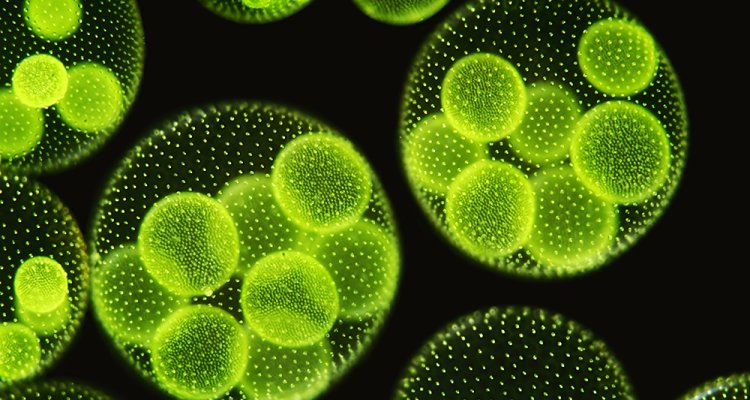
Project
Optimizing cultivation strategies for lipid production in microalgae
Microalgae are promising resource for the production of biofuels. Unfortunately, production costs of microalgal TAGs are not yet competitive compared to fossil fuels and the net energy balance for production is often negative. It is therefore important to reduce production costs and to achieve a positive energy balance.
Introduction
Microalgae are promising resource for the production of biofuels. Unfortunately, production costs of microalgal TAGs are not yet competitive compared to fossil fuels and the net energy balance for production is often negative. It is therefore important to reduce production costs and to achieve a positive energy balance.
Aim
Microalgae produce low amounts of TAG under optimal growth conditions, but TAG content can increase up to 40% of the dry cell weight under lipid inducing conditions (e.g. nitrogen starvation). Unfortunately, high amounts of TAG are often impaired by a low yield of TAG on light (Hu et al, 2008; Breuer et al 2012). More insight in the cellular mechanisms for photosynthesis and TAG production in microalgae can improve overall lipid productivity.
This study focusses on improving cultivation strategies for lipid production in microalgae by studying the impact of day-night cycles and cultivation model on lipid productivity
Approach
In this project two algal strains are studied: Phaeodactylum tricornutrum and Scenedesmus obliquus. Both species are interesting lipid producing strains, whereas P.tricornutum is mainly of interest for its high long chain fatty acid content (EPA).
Both strains will be cultivated in flat panel photo bioreactors under simulated outdoor conditions. The effect of varying environmental factors (e.g. light intensity and temperature) on lipid accumulation will be evaluated. Thereafter, different optimized cultivation strategies will be applied and compared on lipid productivity and yield.
Omics techniques (transcriptomics, metabolomics), in combination with metabolic modelling, will be used to gain more insight in complex cellular processes, such as the regulation of pathways for different types of lipids, under various cultivation conditions.
Partners
This project is part of the EU FP7 funded program Fuel4Me: http://www.fuel4me.eu/